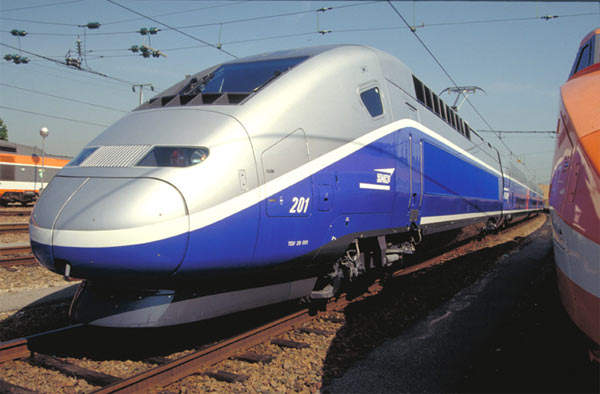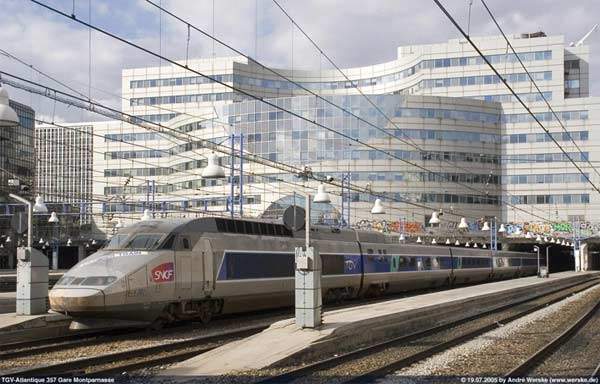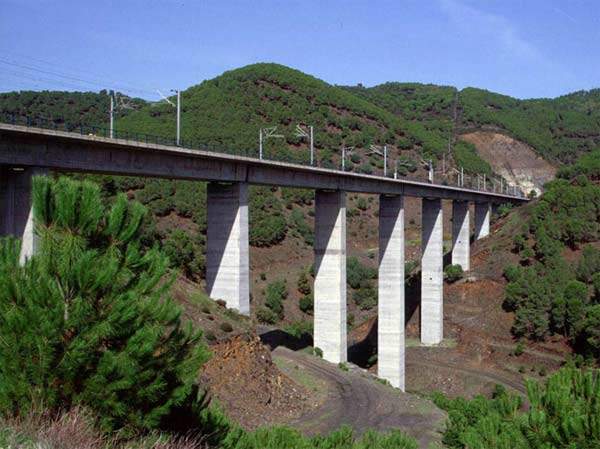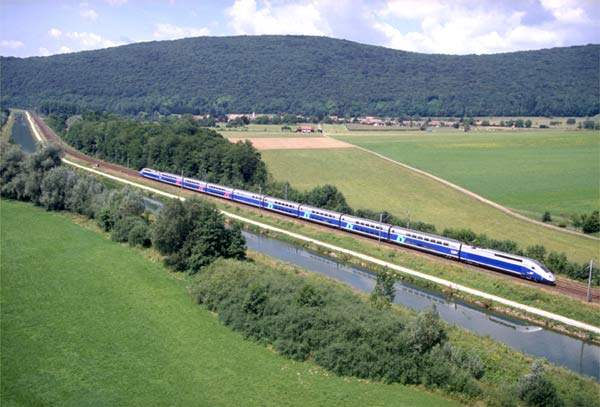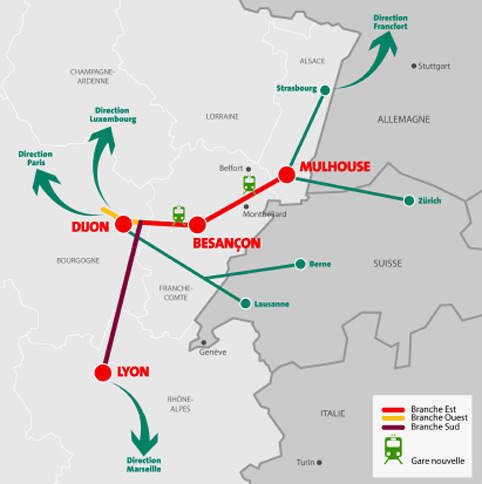France is rapidly developing a world class high speed railway network, and the grand plan has been enhanced by the approval of a funding package worth €2.3bn for the first phase of the TGV Rhine-Rhone high speed line.
This new project, which has been in the planning stage since 1992, is the biggest railway engineering project in France following completion of TGV Est in 2007.
In total, the Rhine-Rhone HSL will be 425km long and comprise three branches. Its impact will be felt in France, Germany and Switzerland, as its completion will lead to slashed journey times.
THE PROJECT
The first section of the three-line TGV Rhine-Rhone project to be approved is the eastern branch, linking Villers-les-Pots and Petit-Croix – a distance of 140km (87.5 miles). It will eventually be joined by the western branch towards Paris and
the southern spur towards the Rhone-Alps region.
The TGV Rhine-Rhone will provide improved transport links between France and the eastward expansion of the European Union. The project is being supported by Switzerland as it will have a major impact on inter-European journey times.
The Rhine-Rhone route will also connect with the Mediterranean LGV route and establish a link between the south and north of Europe. Strasbourg-Dijon times will be reduced from 3hr 50min to 1hr 35min, whilst Dijon (France)-Frankfurt (Germany) will be
cut from 6hr 30min to 3hr 30min. Besancon (France)-Zurich (Switzerland) will see a saving of 1hr 30min with a journey time of 1hr 55min on completion of the project, whilst Mulhouse (France)-Barcelona (Spain) journey times will be almost halved from
12hr 20 min to 6hr 25 min.
In total, the first 140km section will cost €2.3bn to construct, with funding coming from the Alsace, Franche Comte and Burgandy Regions, French State, RFF, SNCF, European Union and Switzerland. The aim is for the route to open to passenger
carrying trains in 2011.
INFRASTRUCTURE
The TGV Rhine-Rhone is a major civil engineering project. The 140km route between Villers-les-Pots and Petit-Croix (near Dijon and Mulhouse respectively) requires 160 bridges, 12 viaducts, two new stations and one tunnel. 24 million m³ of earth will
be removed. Two thirds of this will be needed for the embankment construction, and there will need to be 400km of fencing to protect the route.
The line will be built to 320km/h (200mph) operation standards on standard 1,435mm gauge track and have three connections to the standard French railway network at Villers-les-Pots, Besancon and Petit-Croix. New stations are being built at
Auxon-dessus (10km from Besancon) and Merous (10km outside Belfort).
Construction of the civil engineering elements is due to be completed in 2009, with the remaining two years of the schedule dedicated to equipping the route with railway infrastructure. Engineering work began in June 2006.
Environmental concerns have been given due thought during planning of the route. Around 40% of it will pass through deep forests, and noise reduction barriers will be installed for local residents. In addition, 10% of the designated route has been the
subject of detailed archaeological studies.
The remaining two sections of the TGV Rhine Rhone have yet to receive formal approval, which is expected to follow the completion of the eastern branch of the three-line network.
ROLLING STOCK
The French TGV high speed trains are among the best known trains of their type in the world, perhaps second only to Japan. The TGV first appeared more than 30 years ago, with the concept having undergone significant development since then.
The TGV Rhine-Rhone, like other TGV routes, will be operated by articulated sets capable of running at up to 320km/h (200mph). Any new trains for the route are likely to be built by French-based manufacturer Alstom.
Annual passenger figures for the new route are expected to be around 1.2 million per station. High-capacity TGV Duplex units may be required.
SIGNALLING AND COMMUNICATIONS
All TGV trains are fitted with Automatic Train Protection (ATP) as standard. If a train passes a signal without responding to warnings, or if it is passed at danger, ATP applies the brakes automatically and brings it to a halt.
In addition, the TGV fleet is equipped with TVM430 cab-based signalling, which monitors progress and informs the driver of the maximum speed possible at any given time to maintain headways between trains.
THE FUTURE
The eastern branch of the TGV Rhine-Rhone is the first of three to provide quicker journeys between major European cities, including Dijon-Barcelona, Dijon-Lyon, Dijon-Strasbourg, Dijon-Frankfurt and Dijon-Zurich.
Still to come with TGV Rhine-Rhone is a western branch, extending the common trunk line from the eastern section to connect with the South East high speed line towards Paris. A southern route towards the Rhone-Alps region is also planned.
When completed, the TGV Rhine-Rhone system will total 425km and provide an essential link between the north and south of Europe by high-speed train. The alignments for the remaining two sections have yet to be formalised, but preliminary studies are
under way.

